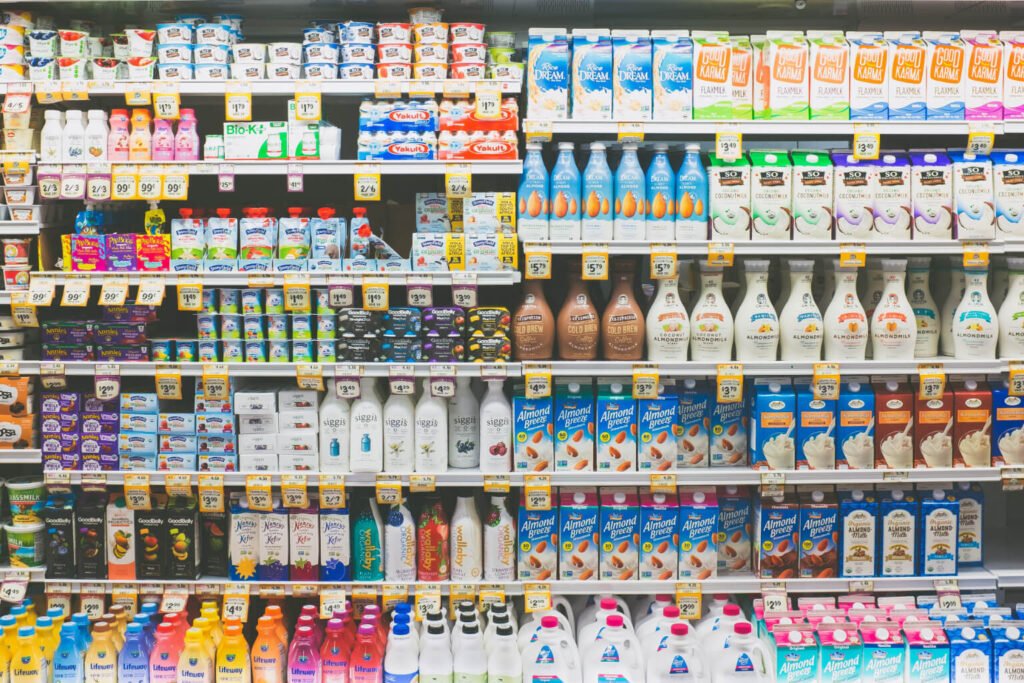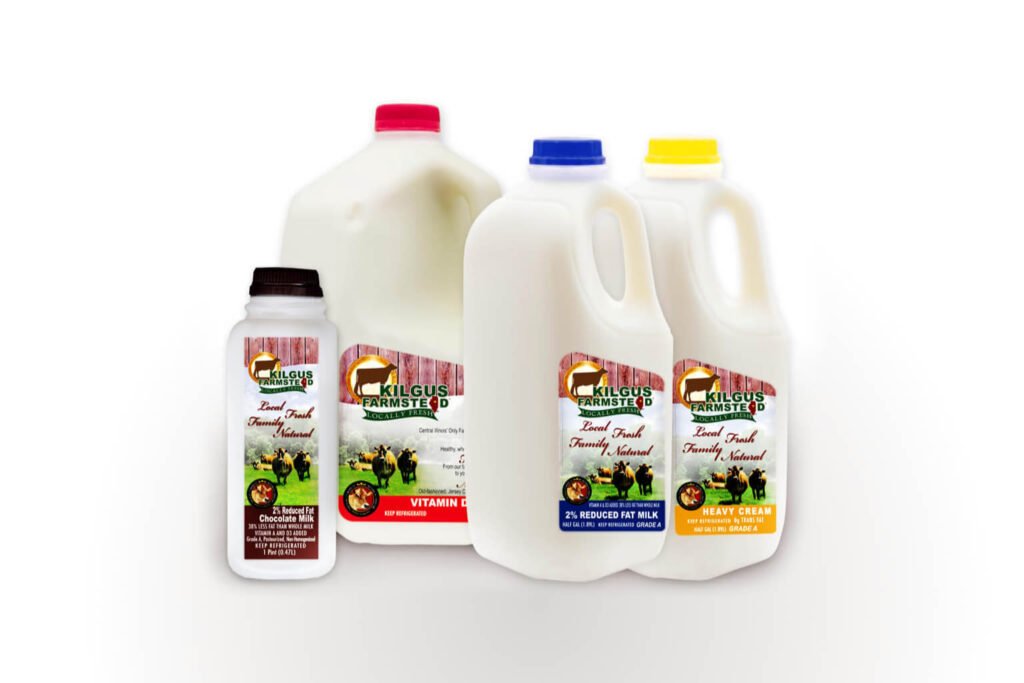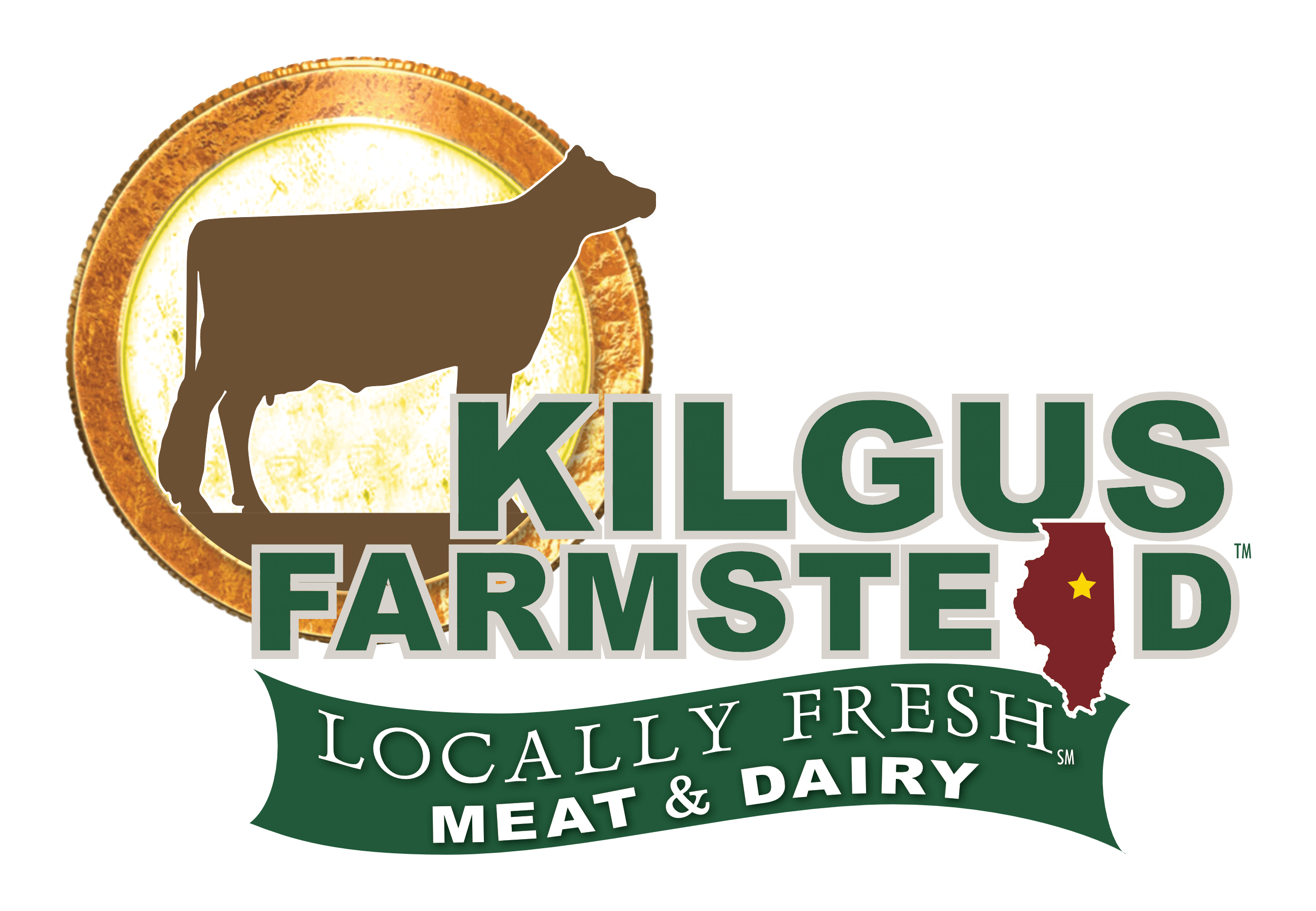
This is part one of five in our series on milk:
Health Disclaimer: Health and related lifestyle choices (including diets and dietary needs) are extremely individualistic. Please consult with your doctor before making any lifestyle changes.
So Many Choices
Today there are more liquid milk options available for consumers than ever before and the options go well beyond the typical selection of whole milk, 2%, 1%, and skim.
You may have already heard some buzz about A2 milk or raw milk. In this three part series we’ll cover the different kinds of milk so that you can make the best decision to fit your family’s needs.

Milk Basics: Fat Content
Liquid milk is bottled based upon the fat content of the milk with whole milk having the most fat followed by 2%, 1%, and lastly skim milk having the least. The fat content specifically refers to how much butterfat is present in the milk which is measured by its weight.
Furthermore, 2%, 1%, or skim milk are made by removing some of the butterfat which also affects the thickness and creaminess. Because our tastebuds evolved to crave fatty foods, the more butterfat that is present in the milk, the richer and fuller the taste. That’s why if you’ve ever seen a glass of whole milk next to a glass of skim, the skim milk looks watered down in comparison.
Fortification
Like many states, Illinois requires milk to be fortified with vitamins. The reason for fortification is to help bolster the nutritional intake of consumers. Many common foods such as juices, bread, and other staples are also fortified and have been for decades.
Whole milk, also known as vitamin D milk, has vitamin D3 added to it after pasteurization, whereas 2%, 1%, and skim milk have vitamin D and A added. A diet high in vitamins D and A helps to increase bone density and prevent iron deficiencies, along with other positive benefits.
Lastly, some creameries choose to add carrageen to their heavy cream which acts as a thickening agent and also increases shelf life. At Kilgus Farmstead we DO NOT add any carrageen to our heavy cream, so when you buy our heavy cream, you are getting that and only that!

A1 vs A2 Milk
Telling the difference between A1 and A2 milk is not something that can be seen, tasted, or smelt. Although all cows will produce some A2 in their milk, it is usually mixed with A1. That said, the only cows that can produce A2 milk are Jerseys, Guernseys, Charolais, and Limousin.
Generally speaking, both kinds of milk (A1 and A2) are very similar, however, the key to their difference lies in their amino acid make up. A1 milk contains a histidine amino acid whereas A2 has a proline amino acid.
The important thing to know about A1 milk and the histidine amino acid is that during digestion the amino acid is broken down which creates the byproduct peptide BCM-7. For some people the side affects associated with the digestion of A1 milk can have an impact on their immune system, blood pressure, and create intestinal discomfort.
On the other hand, the proline amino acid found in A2 milk does not create the BCM-7 peptide. This means that A2 milk is easier to be absorbed by the human body and therefore does not have the adverse side affects of A1 milk. Furthermore, some scientists believe that because A2 takes less time to digest than A1 milk it may reduce gastrointestinal inflammation and other GI issues.
You might be asking yourself, “isn’t that basically lactose intolerance?” To which the answer is no. If you are lactose intolerant you cannot simply switch to A2 milk. Simply put, lactose intolerance and having a dairy allergy are not the same thing.
Lactose-free milk still has the same make up as regular milk but does not contain any lactose. Moreover, if you consume lactose-free milk but still have unpleasant side affects (like bloating, diarrhea, and gas), it’s possible that you might have a dairy allergy related to the peptide BCM-7 found in A1 milk.
FAQ: Is Kilgus Farmstead Milk A1 or A2?
Here at Kilgus Farmstead we milk Jersey cows which are known to carry the A2 protein. We occasionally have our milk tested for the A1/A2 proteins and the last time we did it came back reporting around 90% of the milk being A2. Generally speaking, our milk is considered mostly A2 however it is not exclusively A2. Consumers should note that there are currently no guidelines or regulation for labeling milk as A2. This means that a product can actually be less than 100% A2 milk and still be labeled as A2.
Got more questions? Visit our FAQ page.
Go to part two: Milk 102: Pasteurization & Homogenization ➡️
